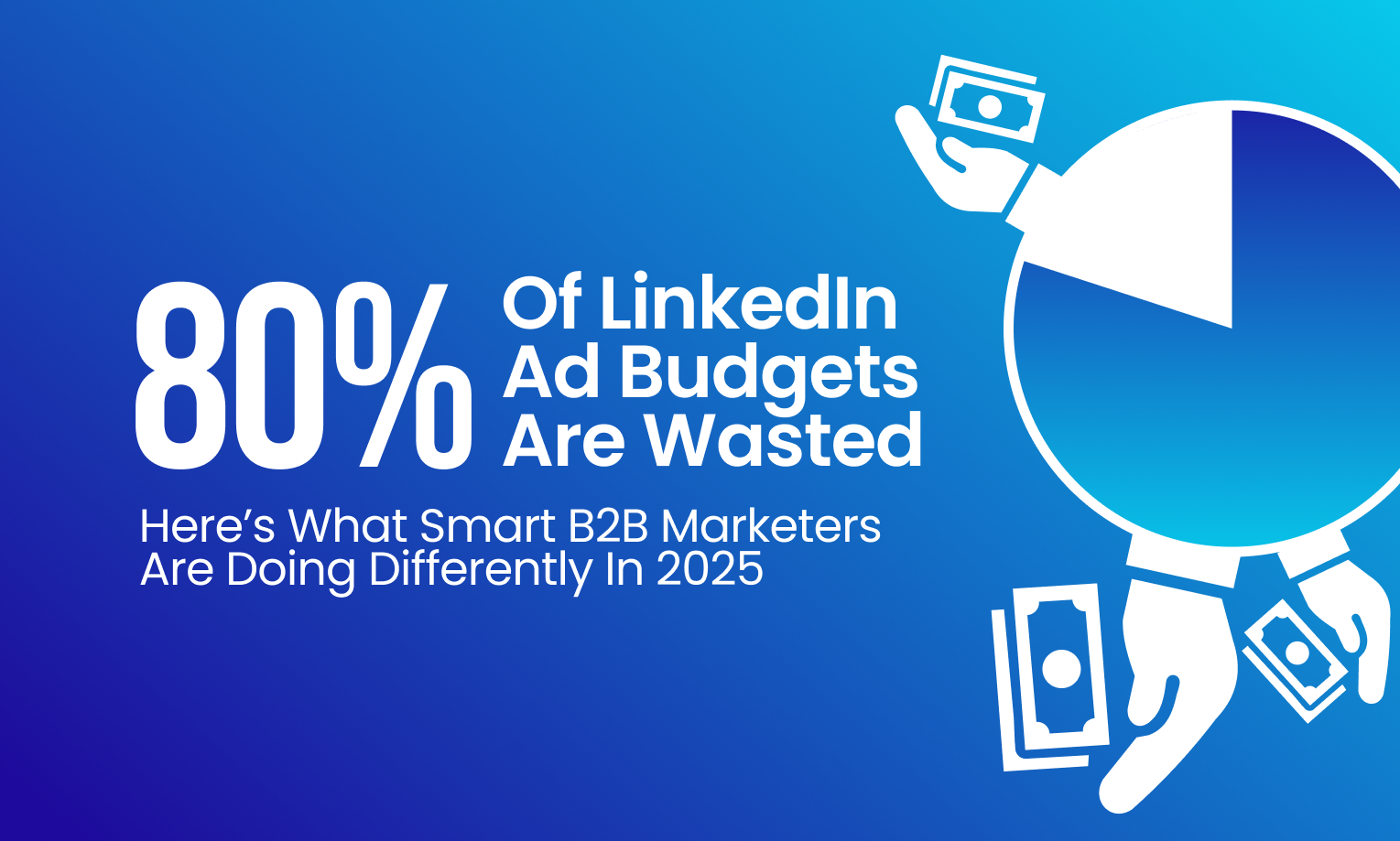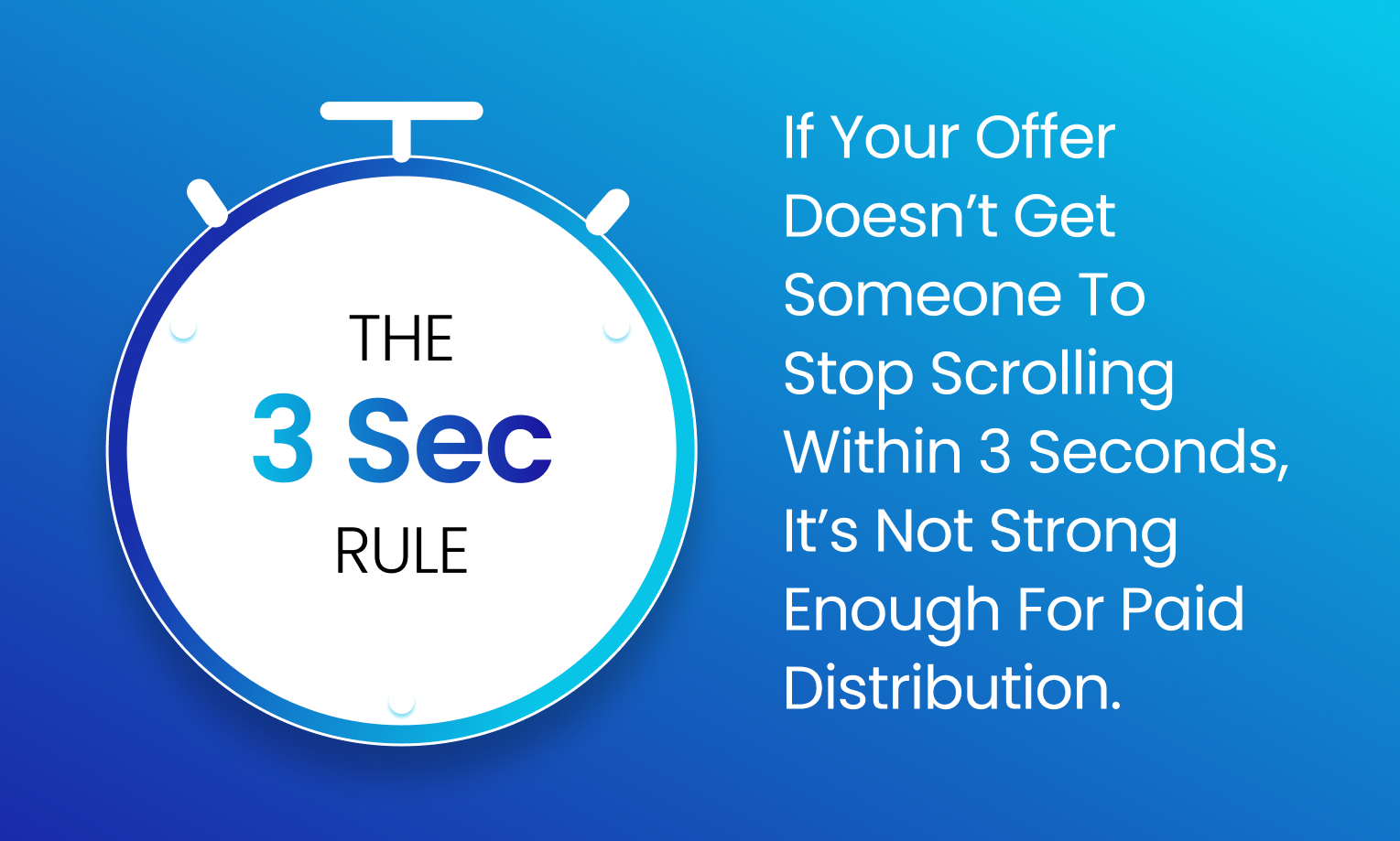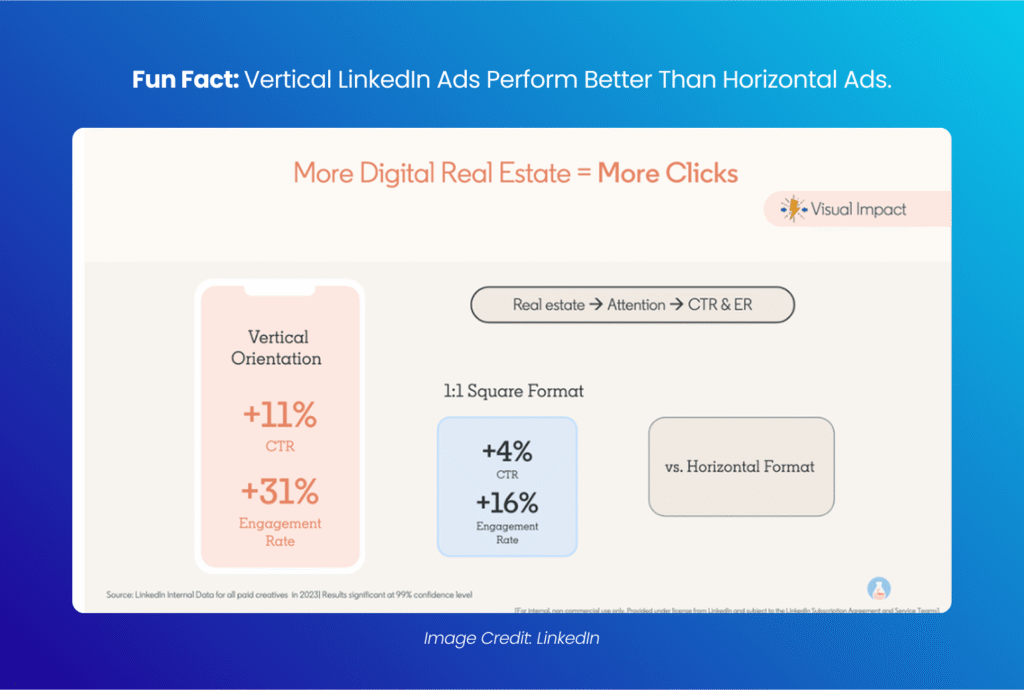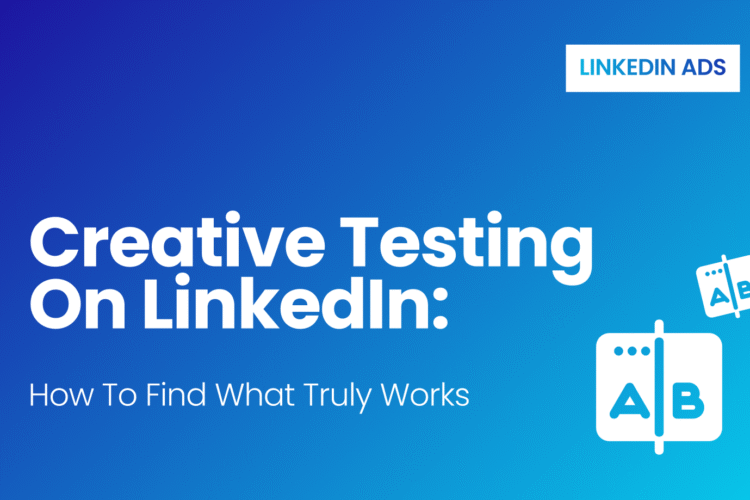
LinkedIn Ads are expensive. But that’s not news to B2B marketers anymore. What’s shocking is how easily those budgets get burned with little to no return.
In 2025, even as ad targeting becomes sharper and analytics more advanced, 80% of LinkedIn ad budgets are still being wasted. Not because LinkedIn Ads don’t work. But marketers are still using them the wrong way.
Let’s dive into what’s going wrong — and how smart B2B marketers are rewriting the playbook to win.
1. Poor Offer-Market Fit: The Root of Most Failures
You can have the slickest, most creative, and most detailed targeting, but if your offer isn’t what your audience wants, your campaign will flop. A lot of B2B marketers throw a whitepaper or a generic demo offer into the ad and expect magic.
What smart marketers do instead: They test value-first offers like scorecards, quizzes, audit frameworks, or decision tools that solve today’s problem for their ICP.
All in all, LinkedIn ads are an attention game. And you have to win this game in 3 seconds (or less).

2. Obsessing Over Vanity Metrics
Click-through rates and impressions are important, but they don’t mean much unless they turn into pipeline. Too many teams celebrate a 1.5% CTR without asking: Did we generate qualified leads or sales opportunities?
What smart marketers track:
- Cost per SQL
- Sales cycle length from ad lead
- Percentage of leads converting to opportunities
- Revenue influenced by the campaign
This shift in measurement changes everything about how you plan, execute, and optimize.
3. Creative That Blends In (a.k.a. Gets Ignored)
2025’s LinkedIn feed is noisier than ever. Stock photos, generic headlines, and salesy intros are instantly scrolled past.
Winning creative now includes:
- Real people and brand voices (not stock art)
- Screenshots of real results, testimonials, or dashboards
- Direct-response style copy with a clear CTA
Flyability, a leading drone inspection company, is a classic example of a brand that nailed this approach.
We helped them run LinkedIn ads that felt native to their niche audience. As a result, they generated 15–18 high-quality leads every month from a relatively lean budget.
No fluff, no complicated funnels. Just relevant ads with a compelling message, in front of the right audience.
Read their full story here: Flyability LinkedIn Ads Case Study
4. Lack of Testing Frameworks
Wasted budgets often come from setting a campaign live and then hoping for the best. Without a structured testing plan, you’re flying blind.
What smart marketers are doing in 2025:
- Week 1-2: Creative/offer testing (3-5 variants of ad copy, lead magnets, and CTAs)
- Week 3: Analyze CPL, CTR, CVR
- Week 4+: Scale winning variant, cut losers fast
They build feedback loops into their strategy: every dollar spent gives data to improve the next version.
Remember: The ad isn’t the asset. The insights it gives you are.
According to LinkedIn (and our proven experience), Vertical LI Ads Perform Better Than the Horizontal Ones.

5. Wrong Funnel Stage Ads
LinkedIn is a powerhouse for middle-of-funnel and bottom-of-funnel impact. But many campaigns still go broad with brand awareness without warming up audiences.
Better approach:
- Use retargeting with case studies, testimonials, and demo invites
- Match ad copy with funnel stage intent
- Don’t run “Request a Demo” ads to cold audiences
A well-warmed audience will convert at half the cost.
6. Not Leveraging LinkedIn’s New AI Features
LinkedIn’s AI tools have improved dramatically by 2025. From predictive audience modeling to auto-optimization of bids, there’s a lot of power available — if you know how to use it.
Smart marketers are:
- Using AI-assisted audience expansion (but narrowing it with custom lists)
- Letting LinkedIn’s algorithm test combinations of creatives and copy
- Layering AI insights with human creative strategy
7. Not Having a Deliberate Follow-up Strategy
You are trying to get your ICP’s attention on your LinkedIn ads, right? Let’s say they do engage with your ad and download your lead magnet.
Then what?
Just strategizing a funnel doesn’t cut it. You have to be consistent and deliberate about following up with these warm leads.
- Personalize your follow-up emails and DMs as much as possible to help them understand that you actually care about their concerns.
- Follow up at least three times to make the most of their interest in your offering.
- Automate your follow-ups using email automation tools to ensure that no lead is lost before being properly nurtured.
So, What Can You Do Differently Starting Now?
If you’re spending even $2K/month on LinkedIn ads, you can’t afford to be inefficient. Here’s your quick checklist:
- Is your offer irresistible to your ICP?
- Are you tracking pipeline and revenue, not just CPL or CTR?
- Are your creatives scroll-stopping and credible?
- Do you have a clear 4-week testing roadmap?
- Are you aligning ads with the right funnel stage?
- Are you using LinkedIn’s AI tools intentionally?
Final Thoughts: LinkedIn Ads Are Still a Goldmine
LinkedIn Ads in 2025 aren’t failing you. But the old playbook definitely is.
We’ve seen companies like Flyability, TheOther4, and many others create predictable, high-ticket lead flow by focusing on strategy, not scale. They didn’t need a huge team or massive ad spend. Just the right message, to the right people, in the right format.
If your campaigns aren’t doing the same, it’s time to ask:
Are you running LinkedIn ads with intention — or just running them?


